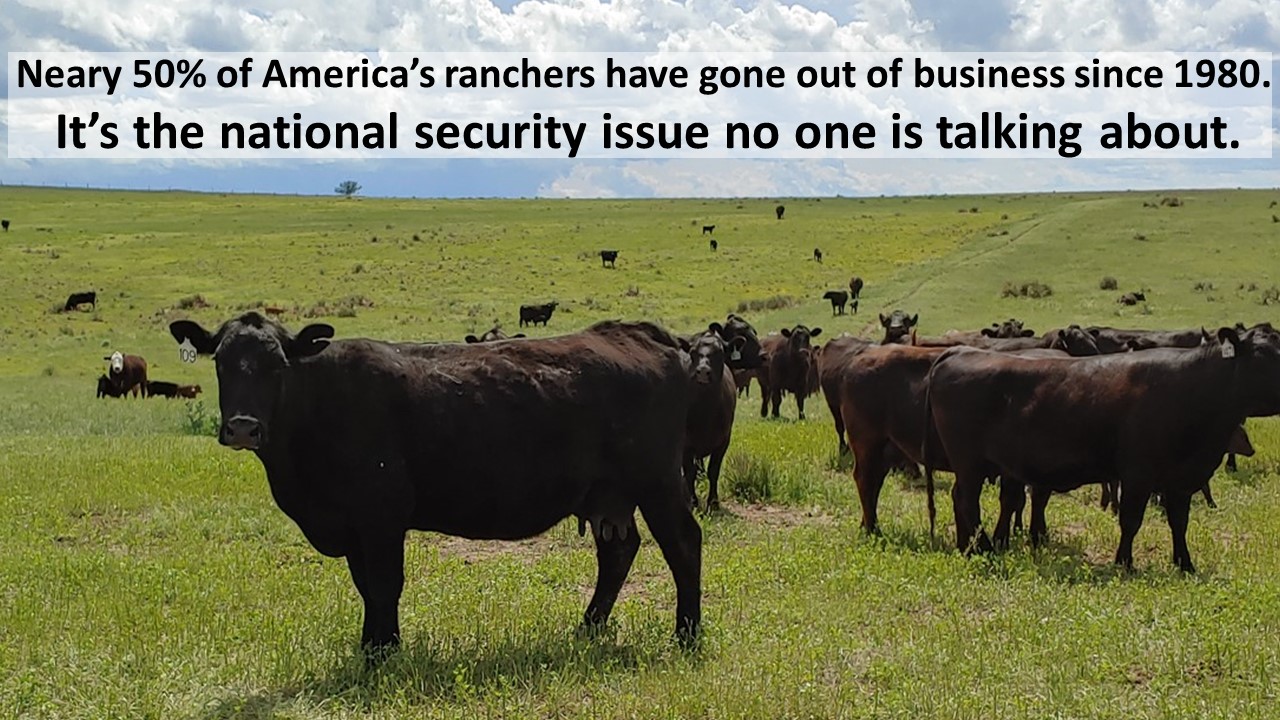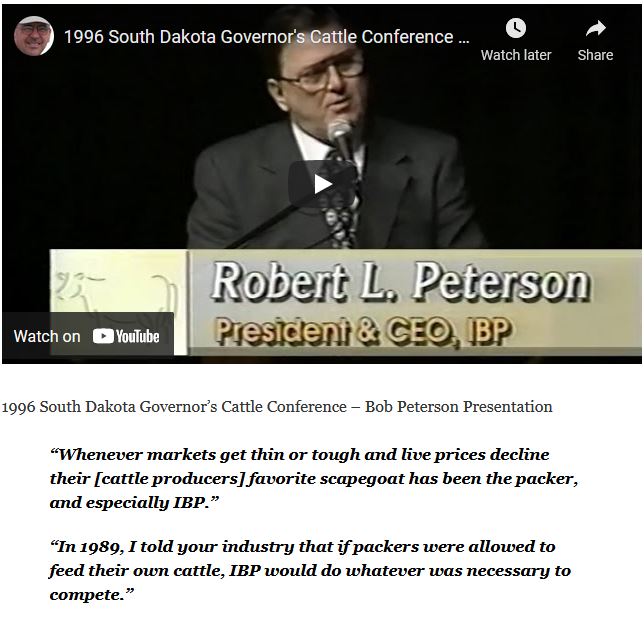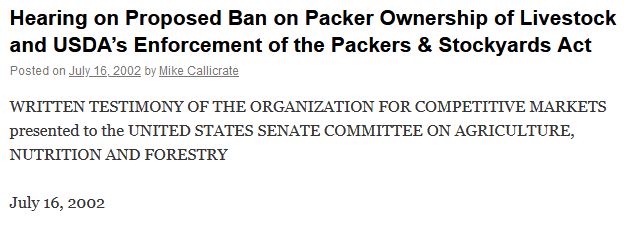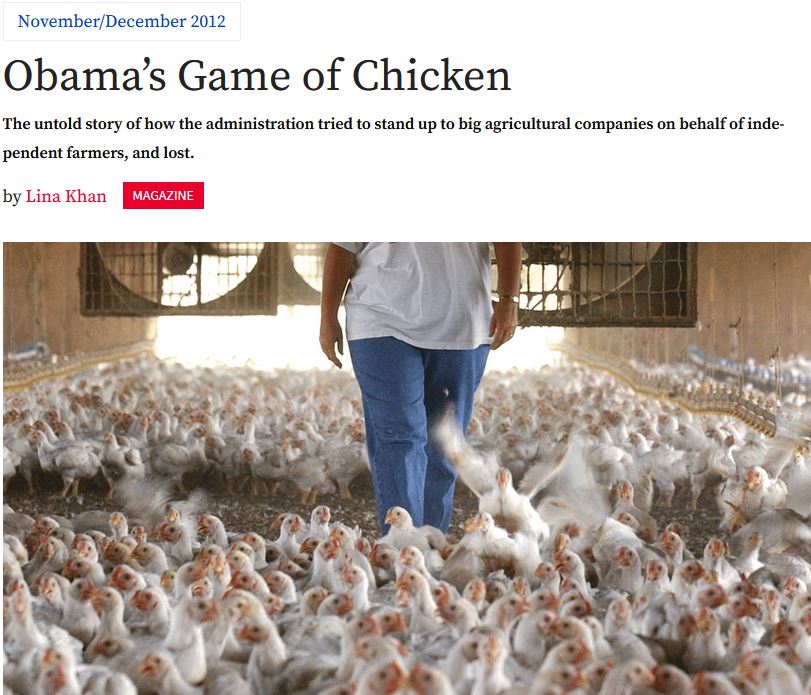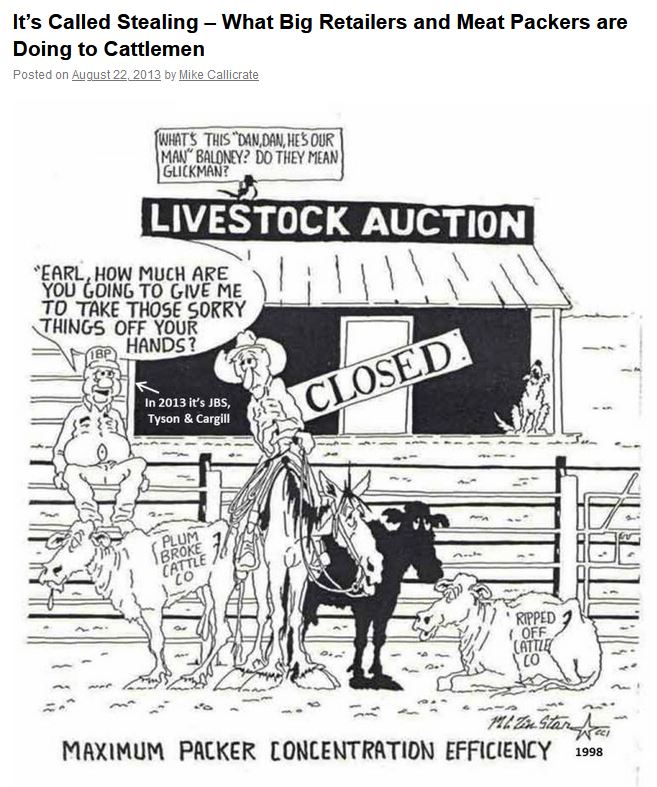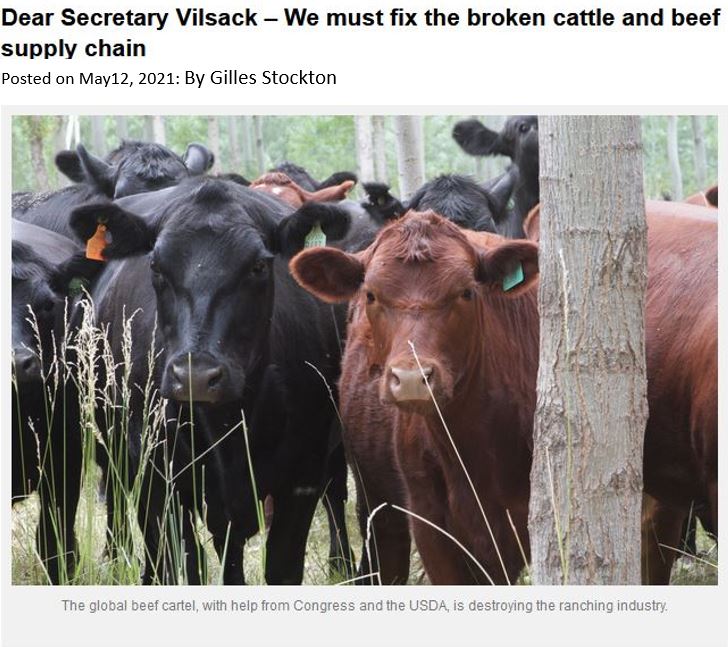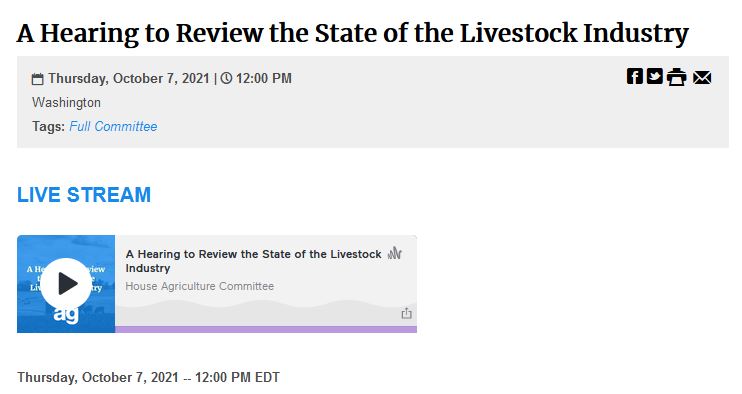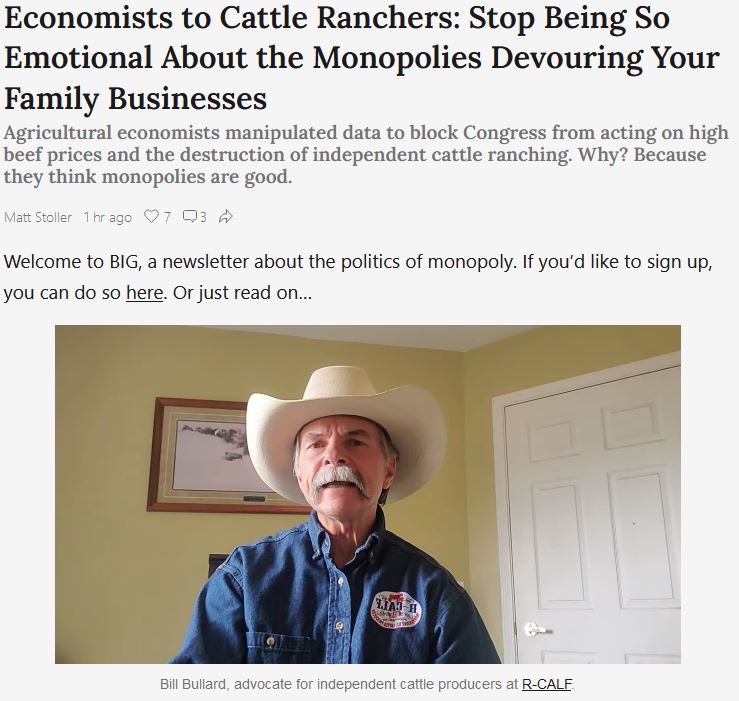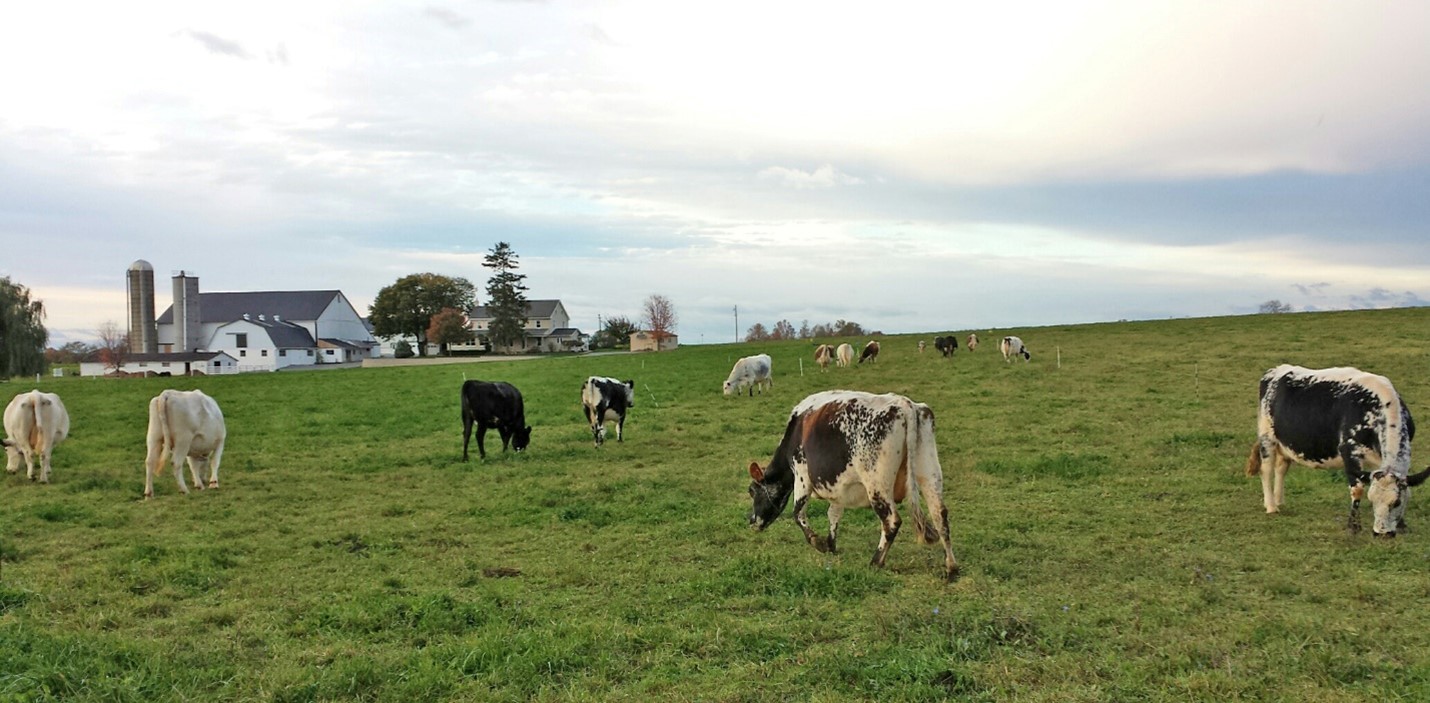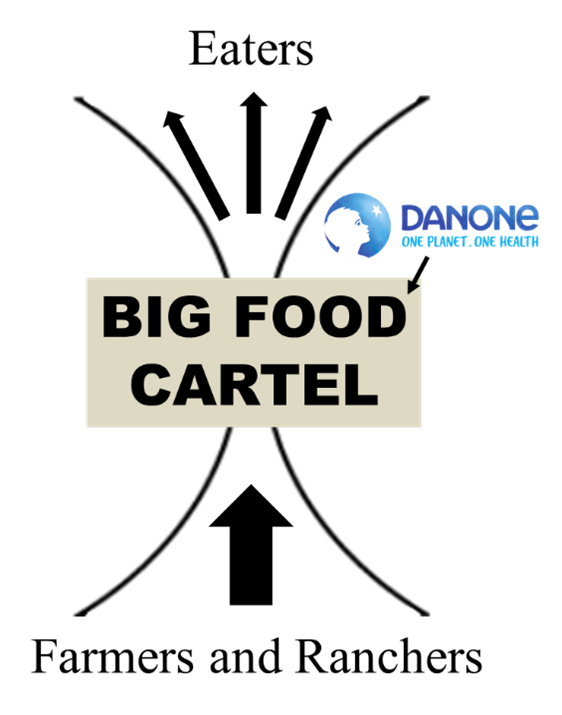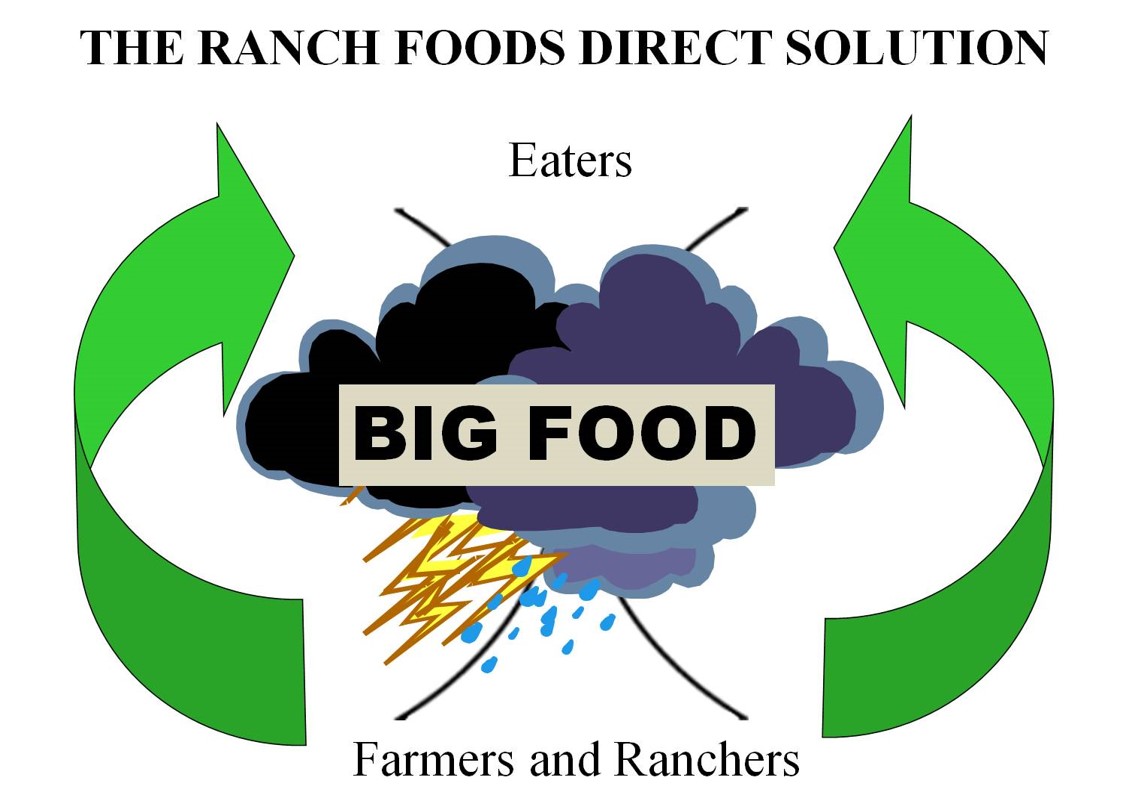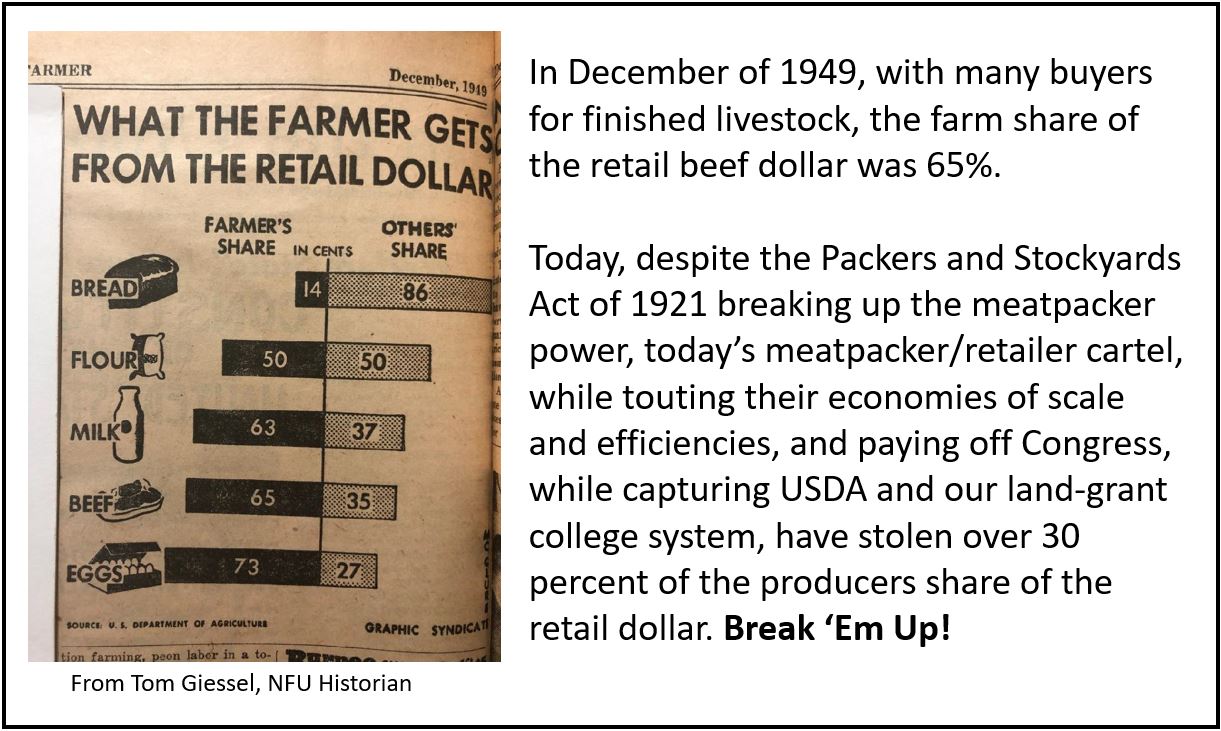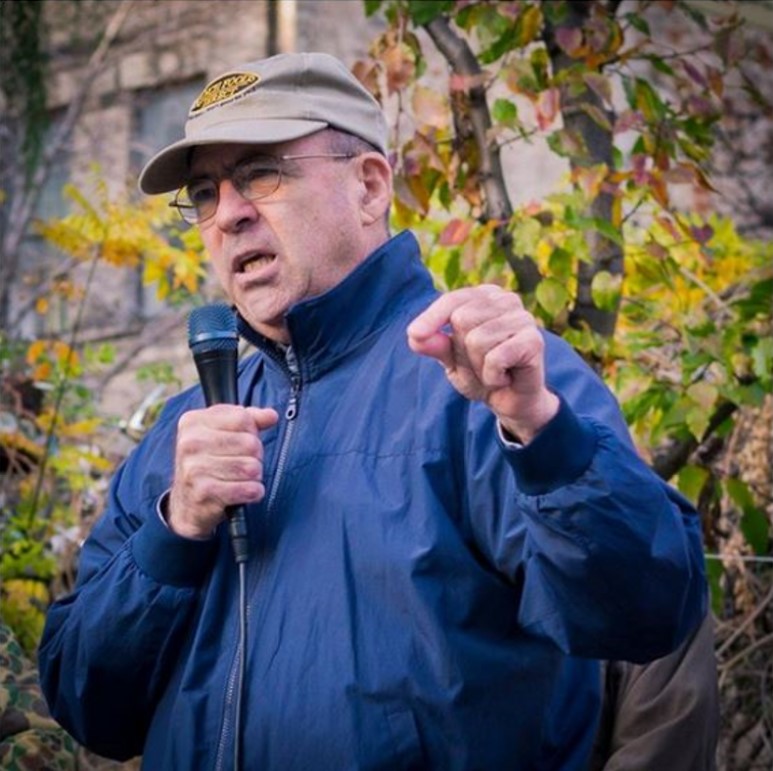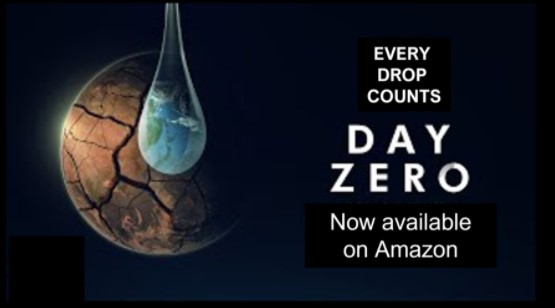The following article appeared three years after the IBP lawsuit was filed. The largest poultry company, Tyson, purchased IBP, the largest beef packer, before the case went to trial in 2004. The jury awarded the cattlemen $1.28 billion, which was unimportant compared to the injunctive relief that would follow. Judge Lyle E. Strom (A Reagan appointed de-reg judge) reversed the jury verdict and made cattlemen pay nearly $80,000 in court costs, giving the green light to today’s meatpacking monopoly.
April 15, 1999
It’s our last chance!
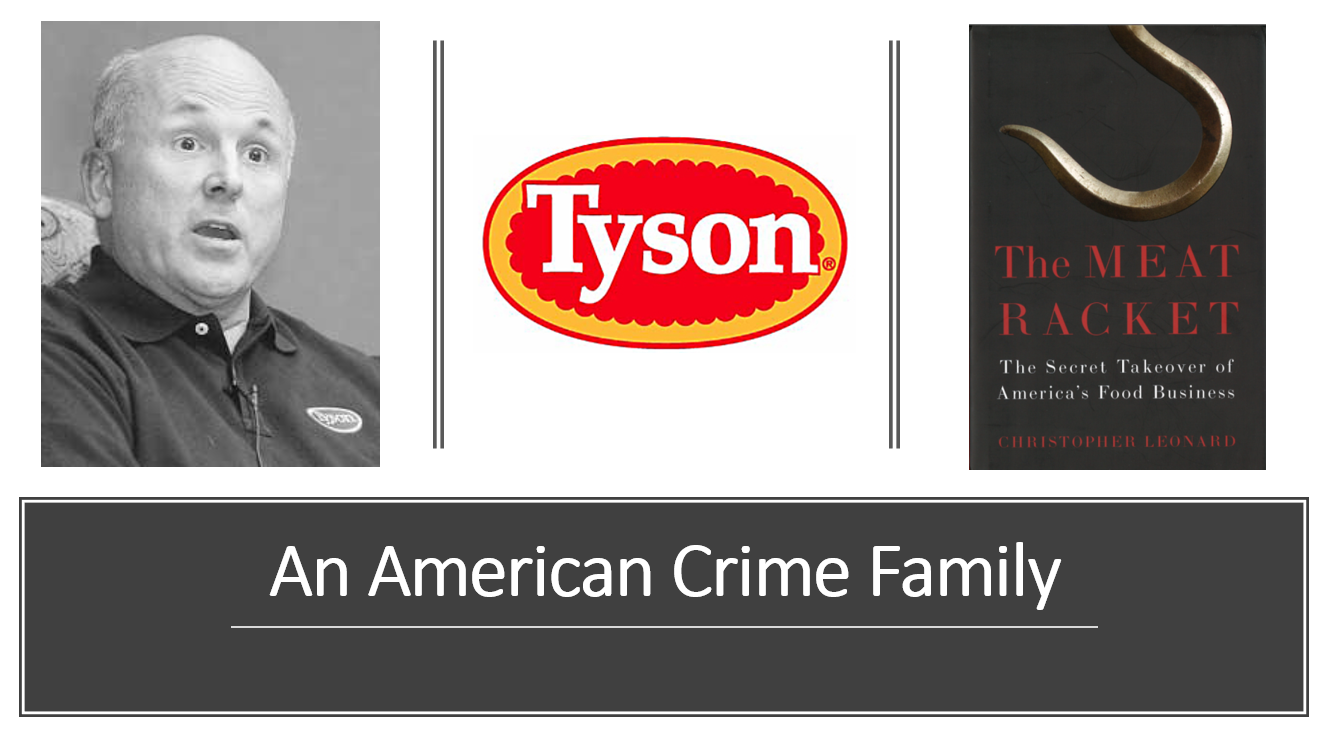
Tyson/IBP, along with other members of the monopoly meatpacking cartel, own congress and the courts.
“The IBP lawsuit is all that is standing between the cattle producer and bankruptcy.”
– Randy Beard, attorney, Pickett vs IBP
The market power of the big four packers is forcing cattle producers out of business and is clearly on a path, if left unchecked, that will lead to the total elimination of a sustainable cattle industry.
“It is clear proof of greed and monopoly control when consumers are buying record pounds of beef at record high prices and producers are going broke. Market prices are fixed below producer cost. U.S. cattle producers have not produced enough beef to meet U.S. consumer demand since 1951. This year will be the smallest U.S. calf crop since the early 1950’s. There is something wrong when packers are allowed to operate in blatant violation of federal laws, the P&S and RICO Acts,” Callicrate charges. “I am calling for immediate Department of Justice action.”
– The Agribusiness Examiner
Former Arizona Governor Bruce Babbit, now Secretary of the Interior, during the 1988 Iowa Democratic presidential caucuses branded IBP a “corporate outlaw.”
IBP is the biggest packer controlling nearly 40% of the cattle slaughter market. We believe IBP leads the way in setting prices and the other packers follow. In the early to mid 1970’s IBP and the other big packers found it more advantageous to cooperate rather than compete (The Boston Consulting Group analysis). They continue with that same philosophy today. The biggest four firm concentration has increased from 36% of the U.S. cattle slaughter to today’s current level of 87%. IBP continues to set record profits at the same time cattle producers continue to go out of business.
Former Arizona Governor Bruce Babbit, now Secretary of the Interior, during the 1988 Iowa Democratic presidential caucuses branded IBP a “corporate outlaw.” He singled it out as “a monument to everything shabby and backwards and wrong in the American economy – not only because the company lies and cheats, but because it believes its employees are the problem and not the solution.”
Today’s problems are not new:
“It has been brought to such a high degree of concentration that it is dominated by few men. The big packers, so called, stand between hundreds of thousands of producers on one hand and millions of consumers on the other. They have their fingers on the pulse of both the producing and consuming markets and are in such a position of strategic advantage they have unrestrained power to manipulate both markets to their own advantage and to the disadvantage of over 99 percent of the people of the country. Such power is too great, Mr. President to repose in the hands of any men.”
-These words were spoken on the floor of the U.S. Senate by Wyoming Senator John Kendrick in 1921
The government has failed in its duties to enforce the P&S Act while ignoring clear violations, resulting in what researchers today agree is another powerful packer monopoly.
Following the intense pressure of producer litigation, the Packers and Stockyards Act of 1921 (P&S Act) was successfully legislated to prevent a packer monopoly from occurring again. Unfortunately, concentration of the big packers is far worse today than in 1921.
The government has failed in its duties to enforce the P&S Act while ignoring clear violations, resulting in what researchers today agree is another powerful packer monopoly.
Recent USDA studies have failed to show a problem with concentration of captive supplies. Why, when every feedyard manager with a Monday morning showlist knows there is essentially no market?
The Russell Parker-John Connor study, SMALL BUSINESS PROBLEMS IN THE MARKETING OF MEAT AND OTHER COMMODITIES (Part 7–Monopoly Effects on Producers and Consumers), related the following:
“In about 1950, economists and econometricians started doing statistical studies relating the level of concentration to the level of profits. Some of
the studies related concentration to the level of prices, and others to price-cost margins computed by the Bureau of the Census. All of these variables roughly measure the same thing: the costs of high concentration. Nearly all of the studies showed a positive relationship: as concentration increases, profits, consumer prices, and price-cost margins increased.
“The studies were also interested in looking for critical levels of concentration. If they could be identified they would be very useful to public policy considerations. Is there some range of concentration where industries are workably competitive? Is there a concentration value below which antitrust authorities and other public policy organizations shouldn’t be concerned? Beyond this critical point does concentration rapidly become a problem?
“Models which were specified to determine if there was a critical level have shown that up to about the 40-percent level of four-firm concentration, there is no evidence that concentration is related to the levels of prices, profits or price-cost margins. In other words, industries with that level of concentration or lower are effectively competitive.
“… the effect of monopoly starts appearing when concentration goes above 40 percent and by the time concentration reaches 60 percent an industry is quite monopolistic.”
“Starting at about the 40-percent level of concentration, prices and profits start increasing and go up rapidly to about the 60-percent level of concentration where they level off. There is no significant further increase in prices or profits beyond about the 60-percent level of four-firm concentration. The conclusion is (pointing at the figure) that the effect of monopoly starts appearing when concentration goes above 40 percent and by the time concentration reaches 60 percent an industry is quite monopolistic.”
At the same time as four firm packer concentration has increased from 36% twenty years ago to today’s current high levels, consumers have continued to pay increasingly higher prices while producers have continued to receive less of the consumers’ meat dollar. Today the cattle producer has lost approximately 20% of the consumer dollar or about $300 per head. This has occurred at the same time the cattle producer has done more to produce a better product and the packer and retailer have done less. We believe this is clear evidence of abusive market power.
Independent packers have been regulated and predatory priced out of business.
Anti-competitive practices, evidenced by what IBP termed the “Death March,” (Wall Street Journal) have eliminated competitors as well as producers. Independent packers have been regulated and predatory priced out of business. We are now left with a packing monopoly that is stealing from both producers and consumers as well as threatening not only our food supply but a safe food supply.
The P&S Act; the law currently in place to prevent this tragedy, has been ignored. The Secretary of Agriculture, Dan Glickman is responsible for the enforcement of this law but apparently lacks the political will to enforce it.
The P&S Act basically says that if what a packer is doing has the effect of reducing competition, they must stop. The Secretary has injunctive power to stop packers from violating the Act.
Recently IBP’s highly secretive captive supply arrangements have provided them with captive supplies as high as 122%.
It has been proven that IBP uses captive supplies, those inventories of cattle available to IBP outside of the competitive market, to lower prices paid to producers. Recently IBP’s highly secretive captive supply arrangements have provided them with captive supplies as high as 122%. The cash market determines the value of these captive cattle. What is the cash market if the price leader IBP, doesn’t need any cattle?
The big packers do business with each other. Corporate Roundup – “In a move that made cattle feeders livid and has drawn attention from government regulators, ConAgra sold cattle to IBP for slaughter in late January 1998. ConAgra (and IBP) pushed cattle prices down with the deal, and left cattle feeders wondering if a competitive market — or laws against market manipulation — were still in force.”
USDA market reporters confirmed ConAgra sold 7250 head of cattle to IBP, breaking the cash market approximately $60 per head …
USDA market reporters confirmed ConAgra sold 7250 head of cattle to IBP, breaking the cash market approximately $60 per head from cattle feeder asking prices. In today’s market a sale of this volume causes the entire industry to flush their inventories of cattle at the going low price. Feeders have only minutes to decide on the take it or leave it offers by the big packers.
The P&S Act prohibits packers from engaging in any unfair, unjustly discriminatory, or deceptive practice or device; or showing undue preference to any particular person of locality.
- Feedyards on the IBP formula receive preferential treatment, both with higher prices and the ability to market finished cattle on a more timely basis realizing improved performance and feed efficiencies.
- IBP bids “not to buy” at some feedyards, thereby discriminating against certain feeders. These are the cash feedyards that set the formula price for IBP’s formula feedyards.
The Act prohibits packers from apportioning territory.
- The exclusive “Formula” arrangement shuts other packers out of IBP formula feedyards.
- Simplot, the largest cattle feeder in the Northwest has a full joint venture partnership with IBP, sharing in packing plant profits. IBP controls the Northwest finished cattle market with essentially no competition in the area.
It’s now up to us; our government, the USDA, charged with protecting our freedom, maintaining economic fairness and equal opportunity has failed in its responsibility. The Packers and Stockyards Act gives individuals private right of action in the courts to address the damaging anti-competitive practices of the big packers.
In Pickett vs IBP, we are first asking the court for injunctive relief to make the packers stop interfering with the market, causing low cattle prices. For every $1.00/cwt. IBP is able to lower the yearly price paid for live cattle they make $115 million. Secondly, we are asking the court for compensatory and punitive damages.
Regardless of whether a cattle producer is a plaintiff or a member of a potential class depending on the extent of class certification, all cattle producers will win if a fair market is restored.
This is the beginning of a national effort to restore market fairness and profits back to the farm gate. Independent agriculture is looking at the IBP lawsuit for an indication of where we are headed. A win in this lawsuit will be a win for the consumer, all independent agricultural producers and their communities. It will mark the end to the relentless pursuit of corporate profits at the expense of producers and consumers.

